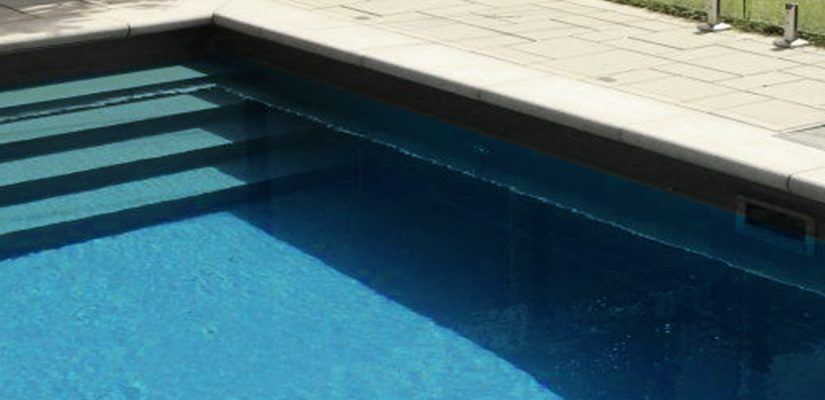Our
blog
The Importance of Proper Water Balance for Your Inground Pool
25 March 2025
The Importance of Proper Water Balance for Your Inground Pool
Owning an inground pool is a real pleasure, but to fully enjoy it, it is essential to properly balance the water. Poorly balanced water can cause a variety of problems, from swimmer discomfort to equipment damage. Here’s why it’s crucial to maintain well-balanced water and how to do it effectively.
Why Balance Your Pool Water?
- Ensure Swimmer Comfort
A poorly adjusted pH can cause eye and skin irritation. Water that is too acidic or too basic becomes uncomfortable for swimming and can even affect the effectiveness of disinfectant products.
- Preserve Pool Equipment
Unbalanced water can cause corrosion of metal parts (ladders, pumps, water heaters, salt system) or promote the accumulation of limescale deposits, thus damaging the filtration system and the surface of the pool.
- Maintain Clear, Clean Water
A poor chemical balance can lead to algae and bacteria blooms, making water cloudy and uninviting and mostly can cause early damages to your vinyl liner or pool paint. Properly adjusting pH, alkalinity, and sanitizer levels will keep your water clear, clean, well balanced and safe.
Key Elements of Proper Balance
- pH (Potential Hydrogen)
The pH measures the acidity or basicity of the water. It must be maintained between 7.2 and 7.6 to ensure a pleasant bathing experience and optimize the action of disinfectants.
- Total alkalinity
It acts as a pH stabilizer and must be maintained between 80 and 120 ppm. Too low an alkalinity leads to frequent pH variations, while too high an alkalinity makes adjustments more difficult.
- Calcium hardness
The calcium level for a vinyl pool must be between 175 and 250 ppm to avoid the formation of limescale deposits or deterioration of the pool surfaces. For a concrete pool, the levels must be between 200 and 400 ppm.
- Disinfectant (chlorine, bromine or salt)
Chlorine must be maintained between 1 and 3 ppm to ensure effective disinfection without being too aggressive for the skin and eyes.
- Stabilizer (cyanuric acid, for chlorine pools)
It protects the chlorine from degradation by the sun’s UV rays. It’s ideal level is between 30 and 50 ppm.
How to test and adjust water?
- Regular testing: Use a test kit or test strips at least once or twice a week.
- Gradual adjustments: Add chemicals in small amounts and let the water circulate before testing again.
- Use automated solutions: Automatic dosing systems and mobile apps can help monitor and adjust levels in real time.
Conclusion
A good water balance is essential to fully enjoy your in-ground pool. By regularly monitoring parameters and making adjustments as needed, you ensure clean, safe and enjoyable water throughout the summer season. Proper maintenance will also allow you to preserve your pool and its equipment for many years to come!









